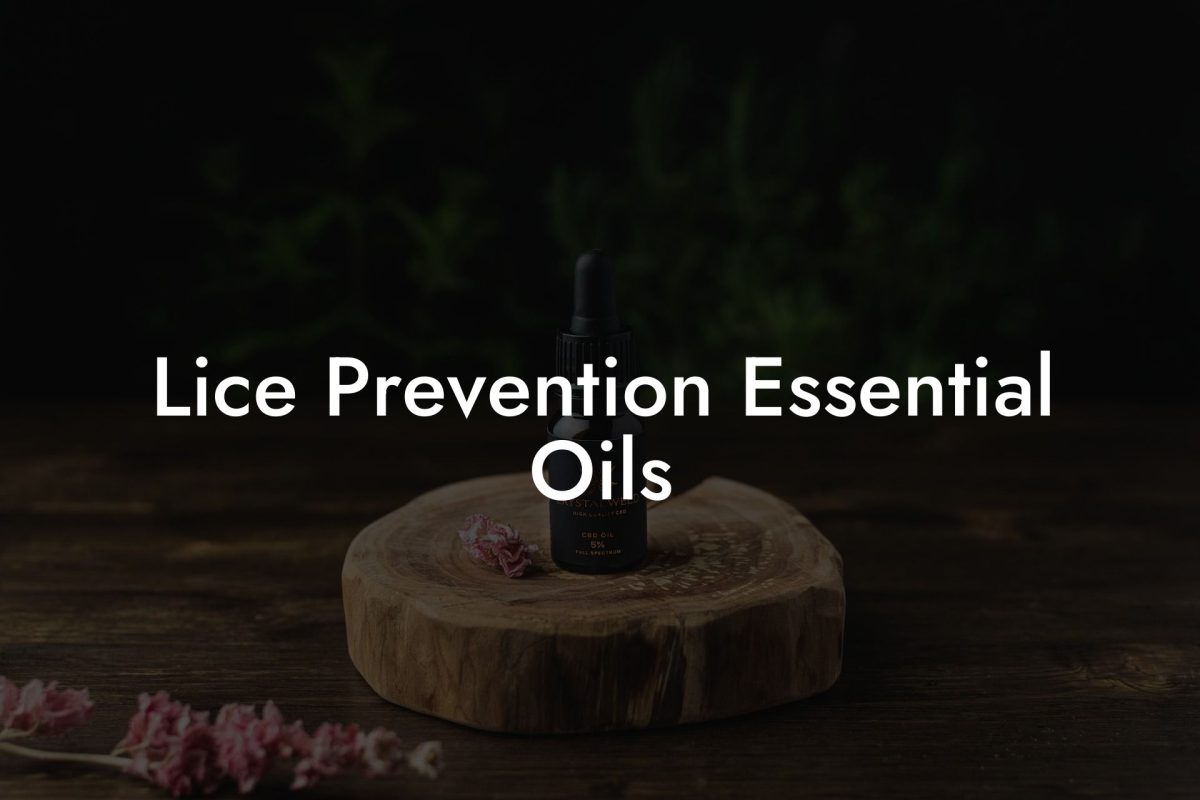Discover the fascinating world of essential oils extraction and learn about the various methods and techniques used to produce high-quality artisan essential oils for your wellbeing.
Table of Contents
What are Essential Oils?
Essential oils are highly concentrated, fragrant oils extracted from the flowers, leaves, stems, roots, bark, or fruits of plants. These natural compounds contain the essence of the plant, providing various therapeutic benefits and aromatic properties that promote overall health and well-being.
Methods of Essential Oil Extraction
There are several extraction methods used to produce essential oils; each method designed to obtain the purest and most potent form of the oil. Here, we will explore some of the most common techniques:
1. Steam Distillation
Steam distillation is the most popular and widely used method for extracting essential oils. This technique employs steam to vaporize the volatile compounds of the plant material, which then condense back into liquid form.
- Process: Plant material is placed in a distillation vessel, and steam is introduced. The steam breaks down the plant cells, releasing the essential oil in vapor form. The steam and oil vapor travel through a cooling system, where they condense back into liquid form, forming a mixture of water and essential oil. The two liquids are separated, and the essential oil is collected.
- Advantages: Produces high-quality essential oils with a longer shelf life due to minimal heat exposure. Suitable for most plant materials.
- Disadvantages: Not suitable for heat-sensitive oils or those with low volatility.
2. Cold Pressing (Expression)
This method is primarily used for extracting oils from citrus fruits like oranges, lemons, and grapefruits, and involves mechanically pressing the plant material to release the essential oil.
- Process: The citrus peels are mechanically pressed or grated, creating tiny sacs filled with essential oil. The collected oil is then separated from the fruit pulp and other solid materials by centrifugation or filtration.
- Advantages: Preserves the aroma and quality of the oil, with no heat or chemicals involved. Ideal for citrus essential oils.
- Disadvantages: Limited to specific plant materials and often less efficient than other methods.
3. Solvent Extraction
Used for delicate and heat-sensitive plant materials, solvent extraction involves dissolving the essential oil from the plant material using a solvent such as hexane or ethanol.
- Process: Plant material is combined with a solvent, which dissolves the essential oil. The solvent is then evaporated, leaving behind the essential oil mixed with a small amount of solvent residue.
- Advantages: Effective for extracting essential oils from delicate and heat-sensitive plant materials. Produces highly concentrated oils.
- Disadvantages: May leave solvent residue in the final product, and some aroma compounds may be altered or lost during the process.
Essential Oils Extractor Example:
Imagine you are an essential oil artisan using steam distillation to extract lavender essential oil. You begin by placing the fresh lavender flowers and stems into the distillation vessel. Steam is introduced, and the high temperature causes the plant cells to break down, releasing the essential oil vapor. The steam and oil vapor travel through a cooling system where they condense back into a liquid mixture of water and essential oil. The essential oil is separated from the water and collected, ready to be bottled and used for its therapeutic and aromatic benefits.
Now that you have delved into the intricate world of essential oil extraction, you will have a deeper appreciation and understanding of how these precious and potent oils are created. We encourage you to explore the Oshu Oils range of artisan essential oils and experience the wonders they have to offer for your overall health and well-being.
Don’t forget to share this article with your friends and family, and be sure to check out our other guides on essential oils and aromacology at Oshu Oils. Together, we can discover the power of nature’s gift to restore balance and harmony in our lives.





















